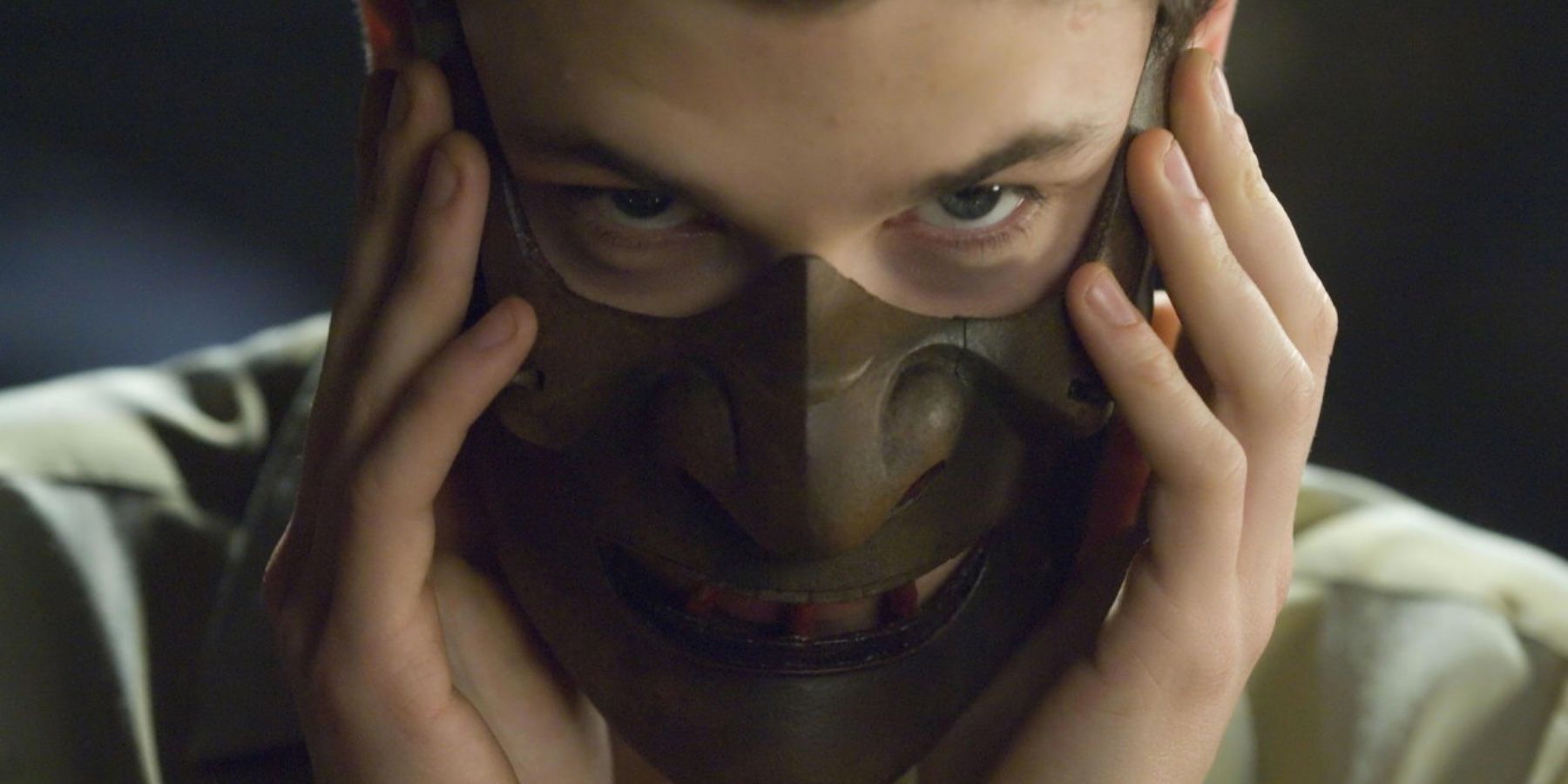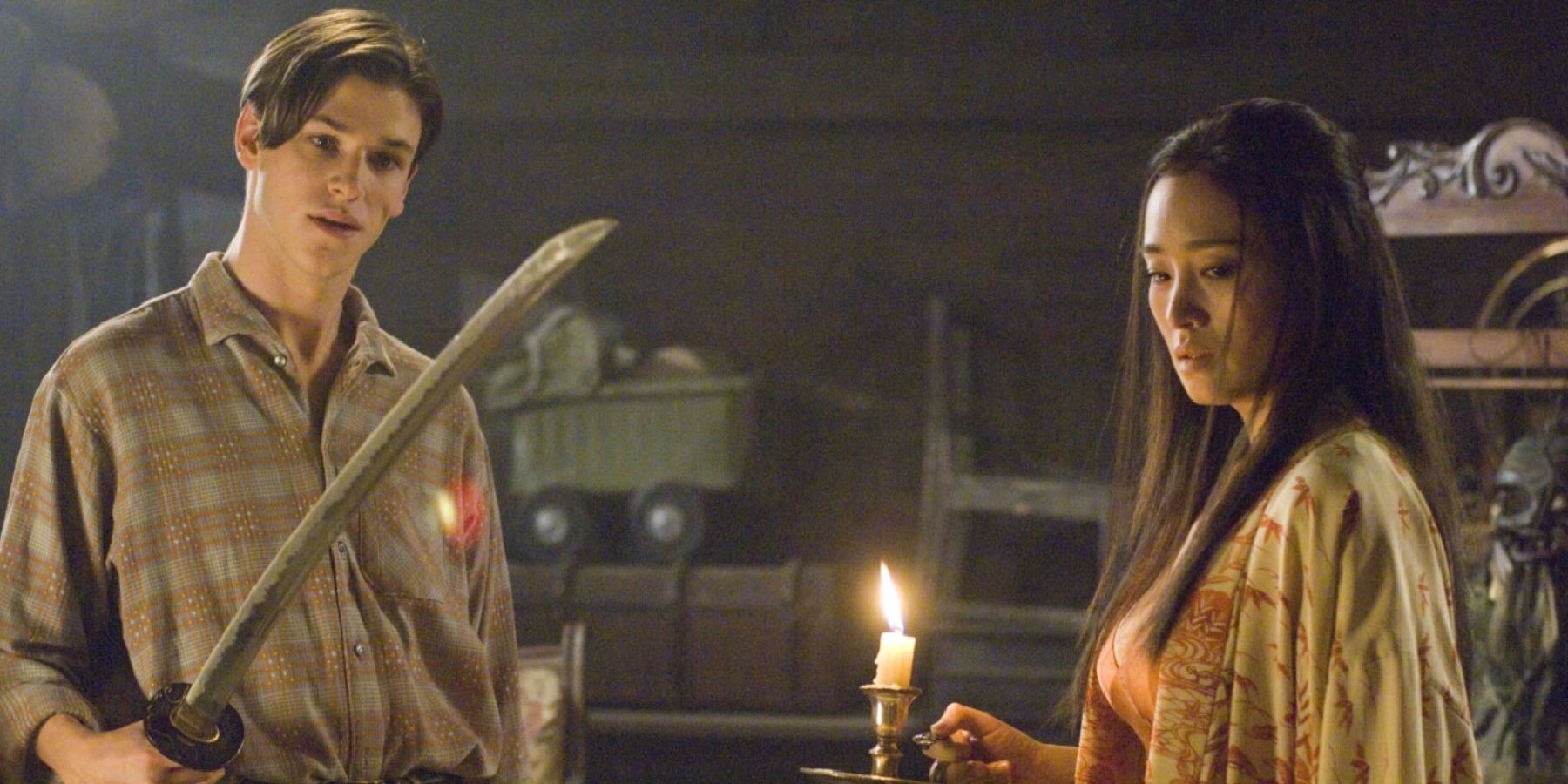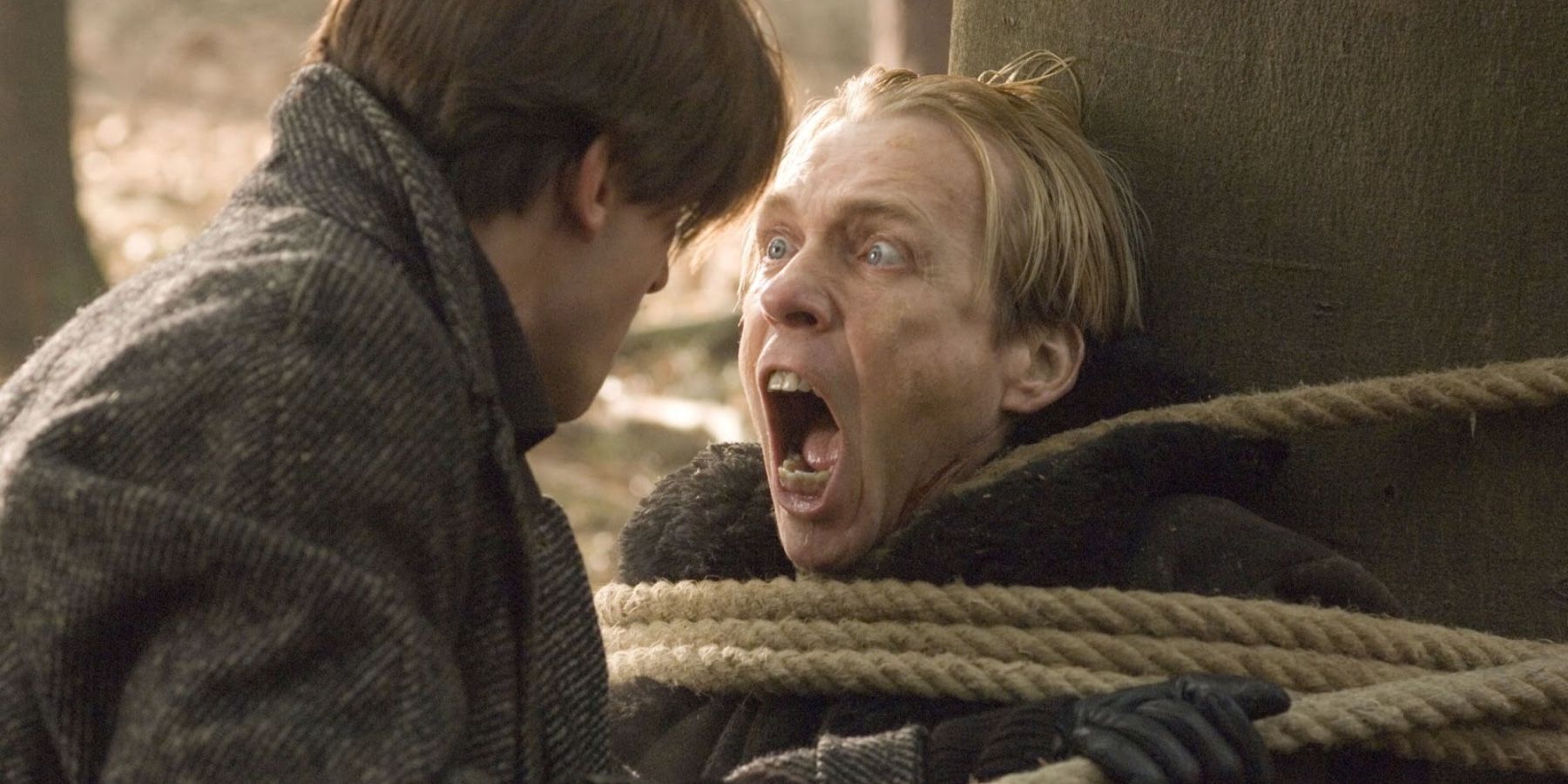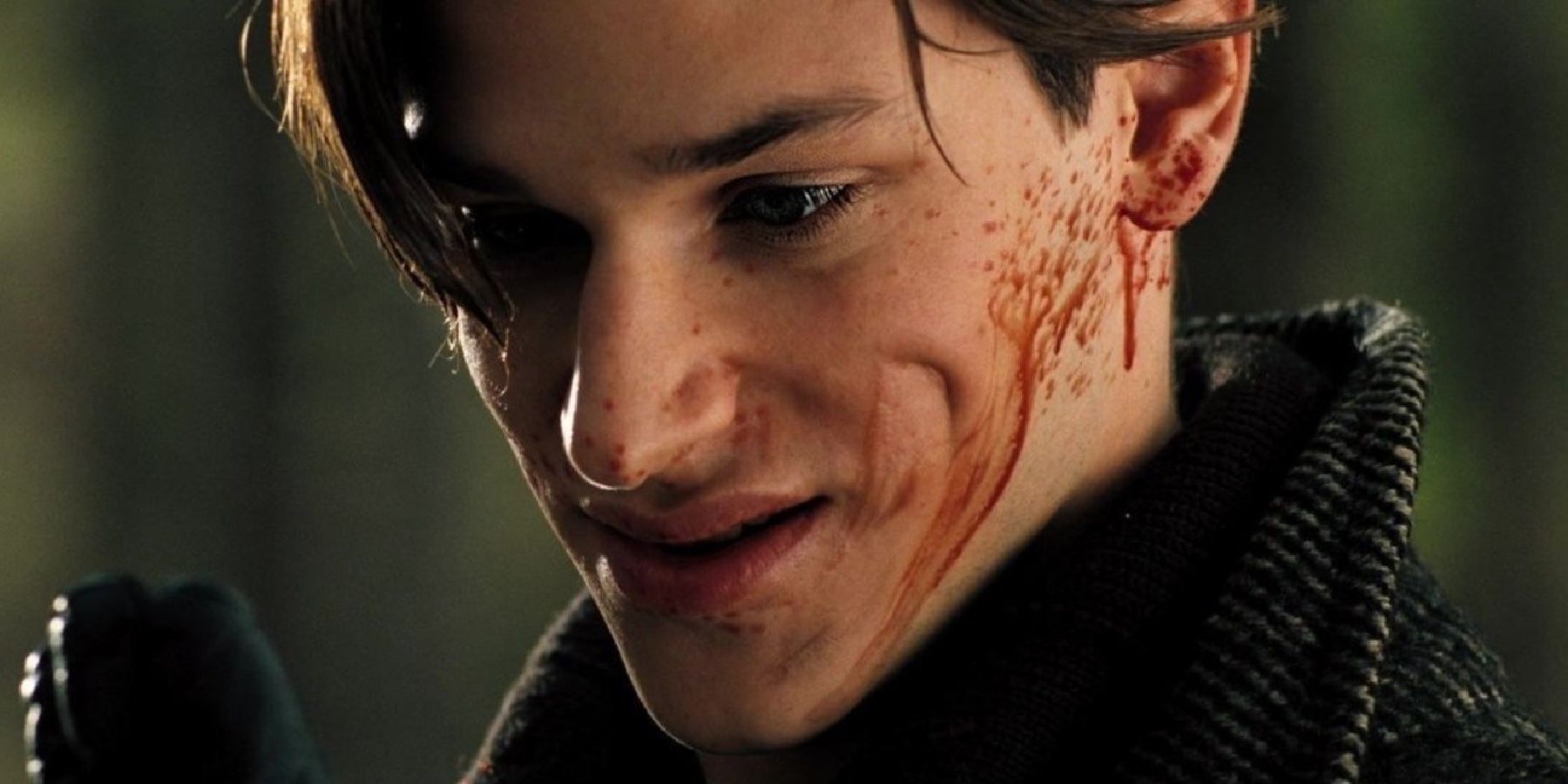Fifteen years ago, the late French actor Gaspard Ulliel portrayed a younger version of Hannibal Lecter in the 2007 feature, Hannibal Rising, based on the prequel novel of the same name written by Thomas Harris (who also wrote the film's screenplay). The movie was critically panned due to its formulaic revenge plot and grotesque violence. However, Ulliel's portrayal of a younger Hannibal is intriguing because it shows how the character became a serial killer and his desire for vengeance against Nazis who destroyed his childhood and his family. This Hannibal character also displays his fighting abilities (especially with a sword) and his skills as a medical student.
This feature is similar to Ridley Scott's Hannibal (the 2001 sequel to The Silence of the Lambs) in the sense that the cannibalistic serial killer is shown operating out in the open rather than in prison. At first, Hannibal appears quiet and shy due to the trauma he endured as a child growing up in Lithuania amidst World War II. However, due to his newfound bond with his aunt, Lady Murasaki (portrayed passionately by Gong Li), Hannibal learns how to fight and defend himself against dangerous enemies. He also masks his inner rage by being courteous and successful as a medical worker in France.
Hannibal's Relationship With Lady Murasaki
Aside from his attraction to FBI agent Clarice Starling in the previous films starring Anthony Hopkins, Hannibal never really showed his love and intimacy for another woman. In this film, Hannibal and Lady Murasaki share slight glimpses of love for each other because they are both connected in many ways. Like Hannibal who lost his family in Lithuania, Murasaki also lost her family in Japan during World War II when the atomic bombs hit Hiroshima and Nagasaki.
While they both suffer grief and loss, Murasaki teaches Hannibal, in a few early scenes, how to engage in battle like a samurai in order to release the burden hidden inside him (especially after she hears Hannibal's nightmares). Hannibal and Murasaki love and protect each other, including when Hannibal takes down a butcher who crudely insulted his aunt and chops his head off, and Murasaki covers for Hannibal when he's questioned by the police. Despite their strong connection and bond, they are unable to sustain their relationship because Hannibal's violent urges disturb her, including his quest for vengeance against the Nazis who killed and ate his sister Mischa.
Hannibal's Vengeance For His Sister
Hopkins' portrayal of Lecter mostly involved him fighting for his freedom, but in this prequel, Hannibal fights for revenge against evil men who took away his baby sister. Mischa meant everything to Hannibal, as shown in the beginning and flashback sequences of both children. Hannibal deeply cared about her, especially after their parents were killed, and when Vladis Grutas (the villainous Rhys Ifans who portrayed Lizard in The Amazing Spider-Man) and his army of Nazis invade Lecter's home, Hannibal is vulnerable because he can't stop Grutas and his men from taking everything he and his sister have left.
Vengeance and trauma consume Hannibal growing up, causing him to be quiet and timid, but after Murasaki helped him open up, Hannibal learns to become more independent by tracking down Grutas and his men, as well as coming up with ways to entrap his enemies. There's a gruesome sequence in which Hannibal has a member of Grutas' army, Enrikas Dortlich, tied up to a tree, and uses a horse to pull the rope on Dortlich, causing him to strangle to death after giving up information on the whereabouts of his comrades. When Dortlich's blood splatters on Hannibal after his strangulation, Hannibal licks the blood off of his own face, showing that he is becoming a monster who enjoys killing when it satisfies him.
Ulliel's performance as a youthful Hannibal is captivating because he effectively displays the cannibal's charisma, his violent methods, and his fascination with human anatomy. All three of these elements are captured in violent and well-choreographed sequences, one in which Hannibal entraps another one of Grutas' men, Zigmas Milko, by injecting him to sleep and drowning him in chemicals in his workplace laboratory. Hannibal traps Milko by using an arm from a corpse to pretend he's working at his desk and waves goodbye when Milko is drowning.
Another scene involves some clever persuasion when Hannibal forces another enemy, Petras Kolnas, to give up Grutas' location by pretending to threaten the safety of Kolnas' wife and children. When Kolnas realizes Hannibal was bluffing about hurting his family, he tries to kill Hannibal but fails. This shows that Hannibal primarily goes after his enemies, not innocent bystanders, and can bluff to gain info. Hannibal's most gruesome scene comes at the end when he successfully gets his vengeance on Grutas by carving an M (for Mischa) on his chest, and eating his cheekbones.
This film may be a simplistic revenge thriller, but it is an origin story that reveals the brutal nature of how Hannibal Lecter became a monstrous serial killer. Ulliel's Lecter can be viewed as a tragic hero who intends to avenge his family and a monster who enjoys killing his enemies in cruel ways. Due to this, his love and affection for Murasaki cannot work (she even tells him "what is left for you to love?"). Hopkins is still arguably the best Hannibal Lecter, but Ulliel makes the role of the cannibal his own in this film by portraying a misunderstood monster with a broken soul, but the fittest to survive.




